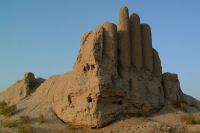
Figure 35: Byash Barmak Köshk (also known as the 'Organ Köshk' or 'Five Finger Köshk').
There is a very clear line of disjuncture through the western area of the town, lying at a slight angle to the majority of the streets (Fig. 34 - opens GIS). It is suggested here that this marks an earlier boundary to the city, somewhere between its 8th-century inception and when the 11th-century town walls were constructed.
It is interesting that the only köshk within the walled city (Fig. 35) lies to the west of this putative boundary: if these were conceived as extra-mural elite residences, then perhaps its original location was indeed outside the town, only to be later encompassed when the 11th-century walls were constructed. It is not clear what the nature of the town boundary was at this time; although perhaps not walled it was certainly delineated/marked with a sufficient barrier to cause roads to cross it at nodal points (gates).
It might also be suggested that a similar boundary lay somewhere to the east, given the preponderance of open spaces in this area. What is also evident is that the main east-west street exerted a considerable pull over the development of the built space, with densely packed buildings extending further out in these areas (Fig. 36 - opens GIS).
© Internet Archaeology/Author(s) URL: http://intarch.ac.uk/journal/issue25/1/8_2.html
Last updated: Mon Sept 29 2008